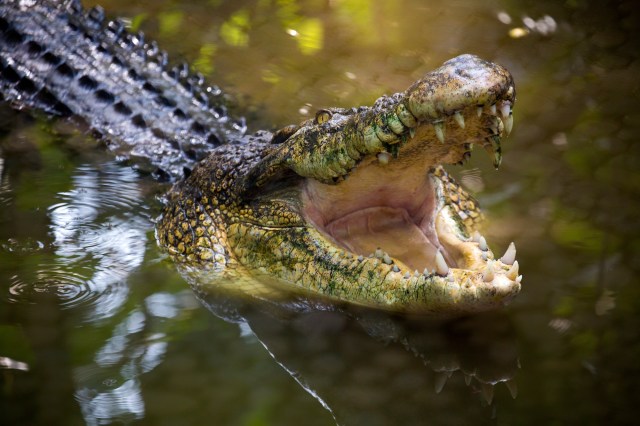Understanding the Key Differences Between Reptiles and Amphibians

When it comes to the animal kingdom, reptiles and amphibians are often confused due to their similar appearances and habitats. However, there are several key differences that set these two groups apart. In this article, we will explore the distinct characteristics of reptiles and amphibians, shedding light on their unique features, habitats, and reproductive behaviors.
I. Physical Characteristics
Reptiles: Reptiles are characterized by their scaly skin, which helps them retain moisture in dry environments. Their skin is covered in a layer of scales made of keratin, providing protection from predators and harsh environmental conditions. Reptiles also have lungs for breathing air and lay eggs on land.
Amphibians: Unlike reptiles, amphibians have smooth and moist skin that allows for gas exchange. This unique feature enables them to respire through their skin, making them highly dependent on water or moist environments to survive. Amphibians lay soft eggs in water or moist areas.
II. Habitat
Reptiles: Most reptiles are adapted to live in diverse habitats such as deserts, rainforests, grasslands, and even oceans. They are known for their ability to regulate body temperature by basking in the sun or seeking shade when needed. Reptiles have evolved various adaptations to thrive in different environments.
Amphibians: Amphibians prefer damp environments as they need moisture for their skin respiration process. They can be found near bodies of freshwater like ponds, swamps, or streams. Some species may also inhabit terrestrial areas but remain close to water sources for reproduction.
III. Reproduction
Reptiles: Reptiles exhibit internal fertilization where males possess specialized organs called hemipenes used for transferring sperm into females during mating. The fertilized eggs develop within the female’s body before being laid on land or hidden underground.
Amphibians: Unlike reptiles, most amphibians undergo external fertilization. During mating, males release sperm onto the female’s eggs as she lays them. These soft and jelly-like eggs are often deposited in water or moist areas where they develop into tadpoles before metamorphosing into adults.
IV. Adaptations
Reptiles: Reptiles have several adaptations that enable them to survive in their respective habitats. Some reptiles, like snakes, have evolved venomous glands for hunting and defense, while others have developed camouflage to blend in with their surroundings. Additionally, reptiles can withstand extreme temperatures by regulating their metabolic rate.
Amphibians: Amphibians possess unique adaptations to thrive in both aquatic and terrestrial environments. Their ability to respire through their skin allows them to extract oxygen from water or moist substrates. Some species also exhibit bright colors or patterns as a warning sign to predators.
In conclusion, while reptiles and amphibians share some similarities due to their cold-blooded nature, they have distinct characteristics that set them apart. Reptiles are known for their scaly skin and ability to lay eggs on land, adapting to various environments such as deserts or rainforests. On the other hand, amphibians possess smooth skin and rely on moist habitats for respiration and reproduction. Understanding these key differences contributes to our knowledge of these fascinating creatures’ biology and ecological roles in the natural world.
This text was generated using a large language model, and select text has been reviewed and moderated for purposes such as readability.





